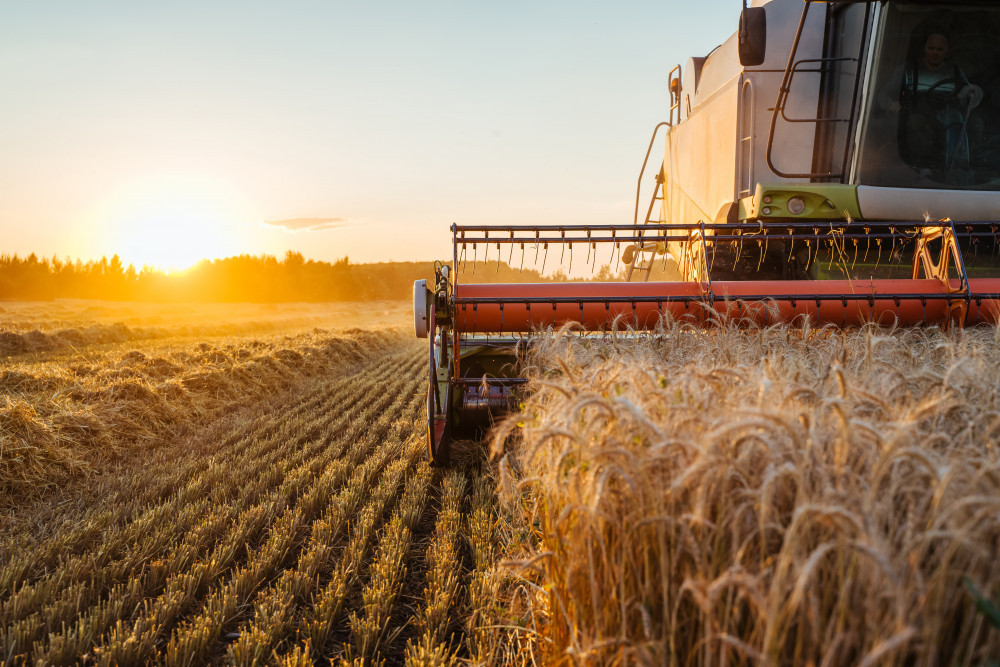Agricultural
1 November, 2021
Another bumper winter harvest for Australia
Australia is set for a second consecutive bumper winter harvest, with total production forecast to come in just five per cent shy of last year’s near-record crop, according to Rabobank.

In its just-released Australian Winter Crop 2021/22 Production, Price and Inputs Forecast, Rabobank estimates the nation will harvest 52.87 million tonnes of winter grains, oilseeds and pulses this season.
While down five per cent on last year’s crop, this is still a hefty 25 per cent above the five-year average.
Canola is the stand-out mover, with production estimated to reach a new record of 5.16 million tonnes (up 14 per cent on last year and 48 per cent above the five-year average), driven by increased planting and favourable growing conditions in many regions.
Australia’s wheat production is expected to come in at 31.9 million tonnes (down four per cent on last year, but 35 per cent above the five-year average).
Barley production is forecast to be down 10 per cent on last year to 11.7 million tonnes, though also still up on the five-year average (by seven per cent).
Rabobank agriculture analyst Dennis Voznesenski, said Australia’s second consecutive very large winter crop “comes at an opportune time for local growers, with global shortages and high prices for grains and oilseeds”.
“Although global prices can be expected to soften as new crops in different regions around the world come into play, the uncertainty that exists around seasonal conditions in grain-growing areas and the process of global grain stocks re-building will keep prices at least above the range of the last six to seven years.”
The report notes that favourable growing conditions in Australia have seen expectations of increased amounts of high-protein wheat in Queensland this harvest.
Other factors of note for this year’s winter crop include a lower supply of malt-quality barley due to a reduction in barley planting, particularly malt varieties, and less grain baled for hay because of export concerns.
“There is also a proportion of last year’s record east coast harvest – 10 to 15 per cent – that remains on farm,” Mr Voznesenski said.
“This will compete with the coming crop for storage space and mean more delivery and price pressure during harvest.”


